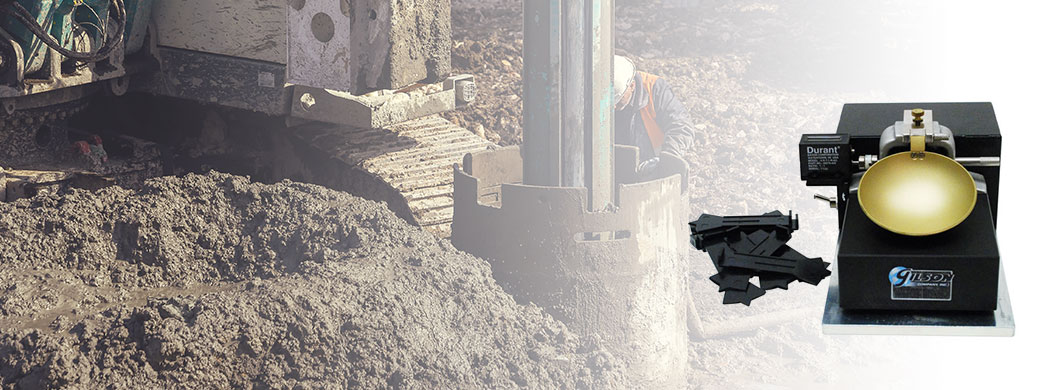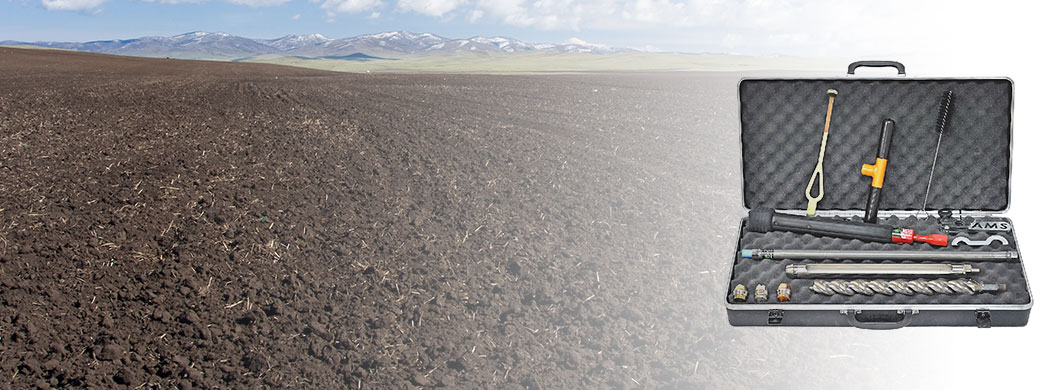Soil Permeability Test Methods & Equipment
Nov 22, 2019
Soil permeability refers to the rate at which soil allows water to flow through it due to its grain structure and void spaces. Knowing how easily water can travel through the layer structure of a particular patch of soil is important for both agricultural and civil engineering purposes — and even for personal projects like putting a pond in your yard. Having a grasp of the methods and equipment needed for a soil permeability test will go a long way toward ensuring the success of your project.
What Can You Learn from a Soil Permeability Test?
The rate at which saturated soil settles under load, the stability of retaining structures and slopes, the way earthen dams are designed — all of these structures are affected by the permeability of the soil they are built upon. As such, it's crucial to know how soil will react as water flows through it. A soil permeability test can give insight on:
- Difficulties with pumping seepage water out of construction excavation sites.
- The stability of earthen structures, like retaining walls, when subjected to seepage.
- How much seepage is currently underground, or how much could be after precipitation and other environmental factors.
Methods for Performing the Soil Permeability Test
There are two main ways to perform the soil permeability test: the constant head and falling head methods. The constant head permeability test is best performed on highly granular soils without much sand or silt, and can yield accurate results even if the sample has been disturbed or reconstituted. The falling head method, on the other hand, is better for fine-grained soils like silts and clays, and is most accurate when applied to undisturbed samples.
Constant Head Test Procedure
The constant head test is performed using a test apparatus with a reservoir on the top and bottom — one for holding de-aired water and another for holding the water that permeated the soil sample. The hydraulic conductivity of these samples will be rather quick since they have larger grains. After a set amount of time, the coefficient of permeability can be calculated using the height and cross section of the soil sample, as well as the pressure measurements and the volume of water that flowed through the sample during the set time interval. Repeat the test at least three times to find an average coefficient.
Falling Head Test Procedure
Rather than reservoirs, the falling head permeability test is performed using a standpipe and a relatively small soil sample. The reason for the small sample size is because the hydraulic conductivity will be slower due to the closer texture of the clays, silts or sands being tested. The soil sample is placed in a container and saturated with water, then it is attached to standpipes filled with de-aired water to a specific level. A lower water level is also determined, and once the water in the standpipe has reached that level, the coefficient of permeability can be calculated using the size of the soil sample, the cross section of the standpipe, the change in water level and the time it took to reach that level.
Soil Permeability Test Equipment
- Soil Permeameters: Can be used for both constant head and falling head test methods.
- Permeability Test Cell: Holds soil samples during testing.
- Perforated Plates: Sit beneath soil specimens to support the samples and allow permeant liquid to flow through.
- Add-On Master Panel: Used for the simultaneous control and testing of more than one sample.
- Permeability Compaction Hammer: Used to compact soil samples into permeameters.
Find Soil Permeability Test Equipment and More at Certified MTP
No matter the soil test you will be performing on site or in your lab, you can find all the equipment you need to gather accurate and precise data at Certified Material Testing Products. Choose your equipment today or contact us for more information.




